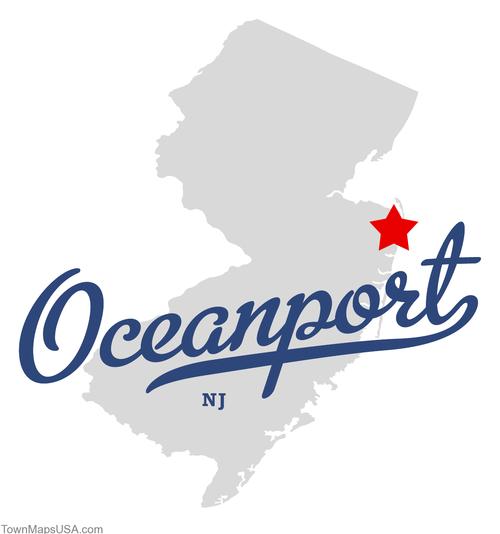New Jersey Future Blog
“One-Seat Ride” Not Contingent on the (Now-Canceled) ARC Tunnel
April 13th, 2012 by Tim Evans
An April 12 article in the Record of Bergen County makes it sound as though NJ Transit’s decision to purchase 26 new dual-mode (diesel-electric) locomotives was only made because the now-scuttled ARC Tunnel project required it, and that the project’s cancellation renders the locomotives superfluous. In fact the acquisition of the new locomotives should be regarded as an action independent of the ARC Tunnel decision, one that will still provide clear benefits.
Riders on the non-electrified NJ Transit commuter rail lines – the Raritan Valley, the Pascack Valley, the Main/Bergen lines, the Montclair-Boonton line beyond Montclair State University, and the North Jersey Coast Line beyond Long Branch – do not currently have a one-seat ride to New York Penn Station because diesel locomotives aren’t allowed in the existing trans-Hudson tunnel for ventilation reasons. However, the introduction of dual-mode locomotives can still enable some of these riders – specifically on the Raritan Valley, Montclair-Boonton, and Coast Line – to gain a one-seat ride to New York Penn Station through the existing tunnel. It would require no more than some adjustments to the schedules on those lines and on the Northeast Corridor line (into which the other lines tie prior to entering the tunnel).
Neither a new tunnel nor the new dual-mode locomotives would presently be sufficient to give a one-seat ride to the Pascack Valley and Main/Bergen lines, however – those lines also need a new connector track in Secaucus to patch into the Northeast Corridor. But this Secaucus connection, like the introduction of dual-mode locomotives, could be done independently of the ARC Tunnel and could still give those riders a one-seat ride, under schedule adjustments as noted above.
Whether the existing tunnel could handle the additional demand for rail ridership that might be generated by the convenience of a one-seat ride is a legitimate question that will still need to be addressed. From a technological standpoint, however, none of the new one-seat rides is contingent upon the construction of a new tunnel; the technology and physical connectivity improvements that enable new direct service are entirely separate from the capacity issue. And while the ARC Tunnel’s cancellation certainly does affect capacity (trans-Hudson capacity constraints were, after all, the whole reason for proposing the new tunnel in the first place), it should not be seen as precluding other service improvements.
To sum up in logical terms:
- Dual-mode locomotives are a necessary and sufficient condition (i.e., no need for the ARC Tunnel) to give a one-seat ride to riders on the Raritan Valley and the outer ends of the North Jersey Coast and Montclair-Boonton lines.
- Dual-mode locomotives are a necessary but not sufficient condition to give a one-seat ride to the Pascack Valley and Main/Bergen line riders – those riders would also need the Secaucus connecting track (but, again, not the new tunnel).
- The ARC Tunnel itself is neither necessary nor sufficient – and never has been – to give a one-seat ride to riders on any of the non-electrified lines. They could all have a one-seat ride without it, via either the dual-mode locomotives alone or the dual-mode locomotives plus the Secaucus connection, and they would all still have needed those other improvements even if the new tunnel were built.
- The ARC Tunnel, or its equivalent, is necessary to increase significantly the number of trains and passengers moving between New Jersey and New York.

















